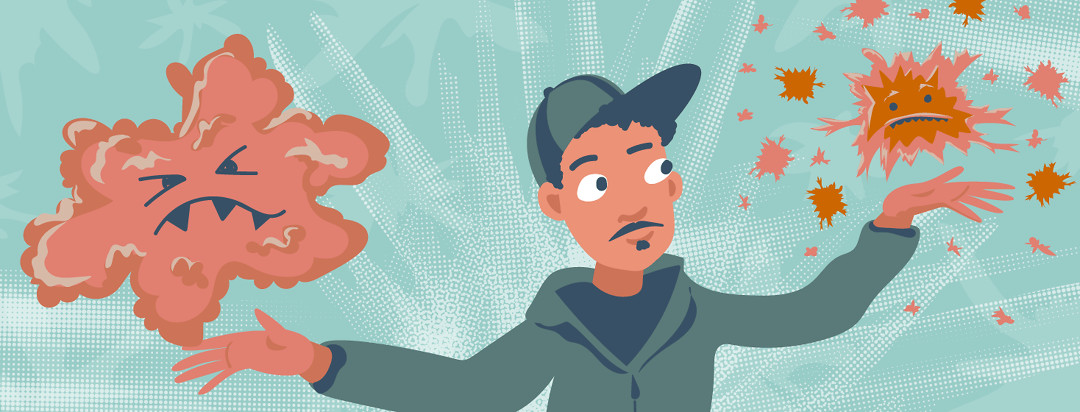To Go or Not To Go – That Shouldn’t Be the Question
A funny thing about skin cancer is that many people don’t take it seriously. This, my friends is a mistake. If someone has chest pains, they are likely going to seek medical attention. If someone has a broken bone, they’ll get it fixed. If their eyesight is getting worse, they’ll go to the eye doctor.
But if there’s an area on their skin that looks unusual, too many people tend to ignore it. Excuses? We’ve got them: it’s not an emergency, it isn’t really causing a lot of distress, it’s ‘just’ a spot and may go away, there isn’t enough time in the day to try to fit in a dermatologist appointment.
Looking for a quick guide to common symptoms? Download our Beyond the ABCs cheat sheet!
Skin cancer symptoms
We shouldn’t make excuses, though. Worst-case scenario is the suspicious area on your skin may be melanoma. The best survival rate for melanoma comes from early detection and treatment. Consider this: For very early-stage melanoma, the 5-year survival rate is 99%. If it has spread to nearby lymph nodes, the survival rate drops to 63%. And if melanoma has spread to other parts of the body, the survival rate plummets to 20%.1 Isn’t having a better chance of survival worth going to the doctor?
What about if the area on your skin doesn’t look like melanoma? Can you just ignore it? The answer is, NO!
Don't brush it off as "dry skin"
Basal cell carcinoma is the least dangerous of skin cancers, but you should not ignore it. You may have had one on your skin for years and think it’s no big deal because it’s not really causing you issues. You may not even realize that it is skin cancer; you may think it’s just “dry skin” or a bump that’s been there so long you no longer even give it a second thought.
Cancer can have deep roots under the skin
The truth is, though, while the area on your skin may not look like a big deal on the outside, on the inside it could be a completely different story. Basal cells tend to grow underneath your skin. My doctor told me years ago that what was a tiny dot on the outside of my skin could be the size of a silver dollar under my skin. Basal cells may grow around nerves (I had this happen with two of my basal cell carcinomas), and they can also destruct surrounding skin and tissue. That small area of basal small carcinoma can have deep roots underneath the skin that can spread to muscle and bone, which could then cause significant deformity.
Not all squamous cell carcinomas bleed
Squamous cell cancers are more dangerous, as they can spread to the lymph nodes. Squamous cell areas are more likely to be painful or bleed, which fortunately can help persuade people to get to the doctor sooner rather than later. I’ve had two squamous cell cancers; one bled but was not painful, and one was extremely painful but didn’t bleed. Keep in mind, though, that squamous cell areas may not hurt or bleed; some may just appear as a bump or a scaly patch, and while you’re ignoring it, it may be metastasizing.
Get your skin checked!
If you have anything on your skin that is worrisome or suspicious, please make an appointment with a dermatologist to have your skin checked. Basal cell carcinoma, squamous cell carcinoma, and melanoma all need to be taken seriously, and the earlier you seek treatment, the better your chance is of a good outcome.
What symptoms have you experienced? Let us know in the comments.
Community Poll
When was your last skin check?

Join the conversation